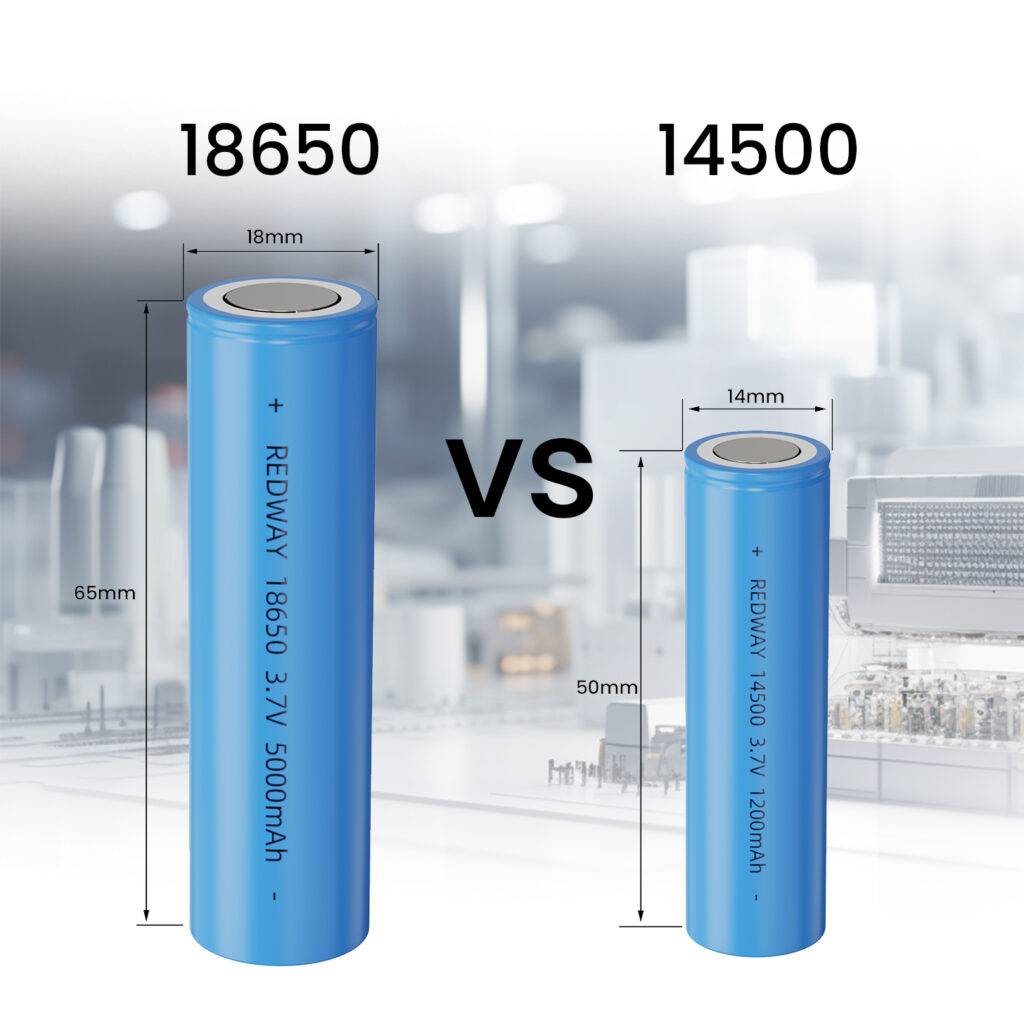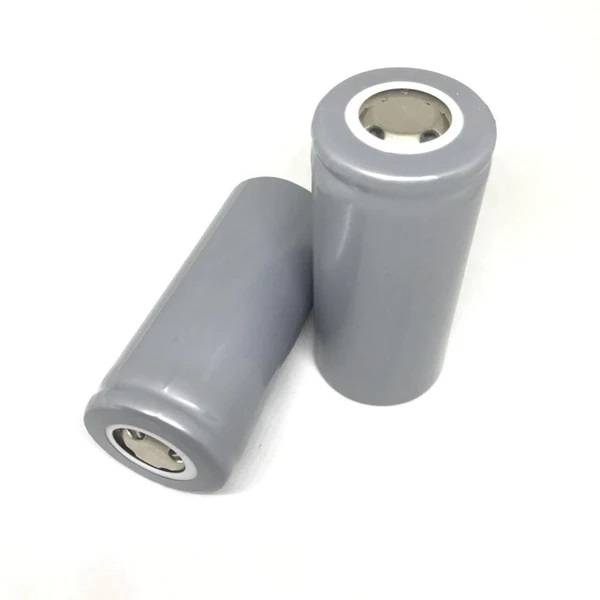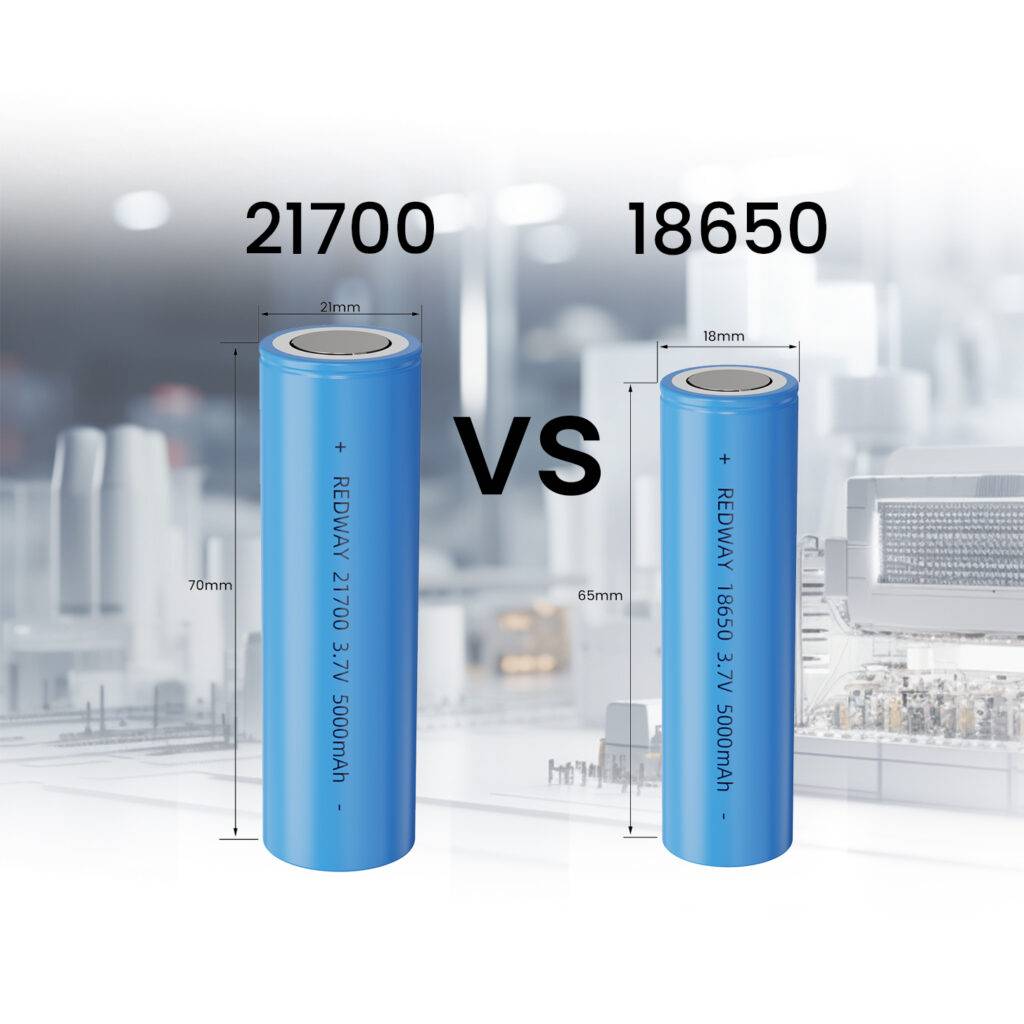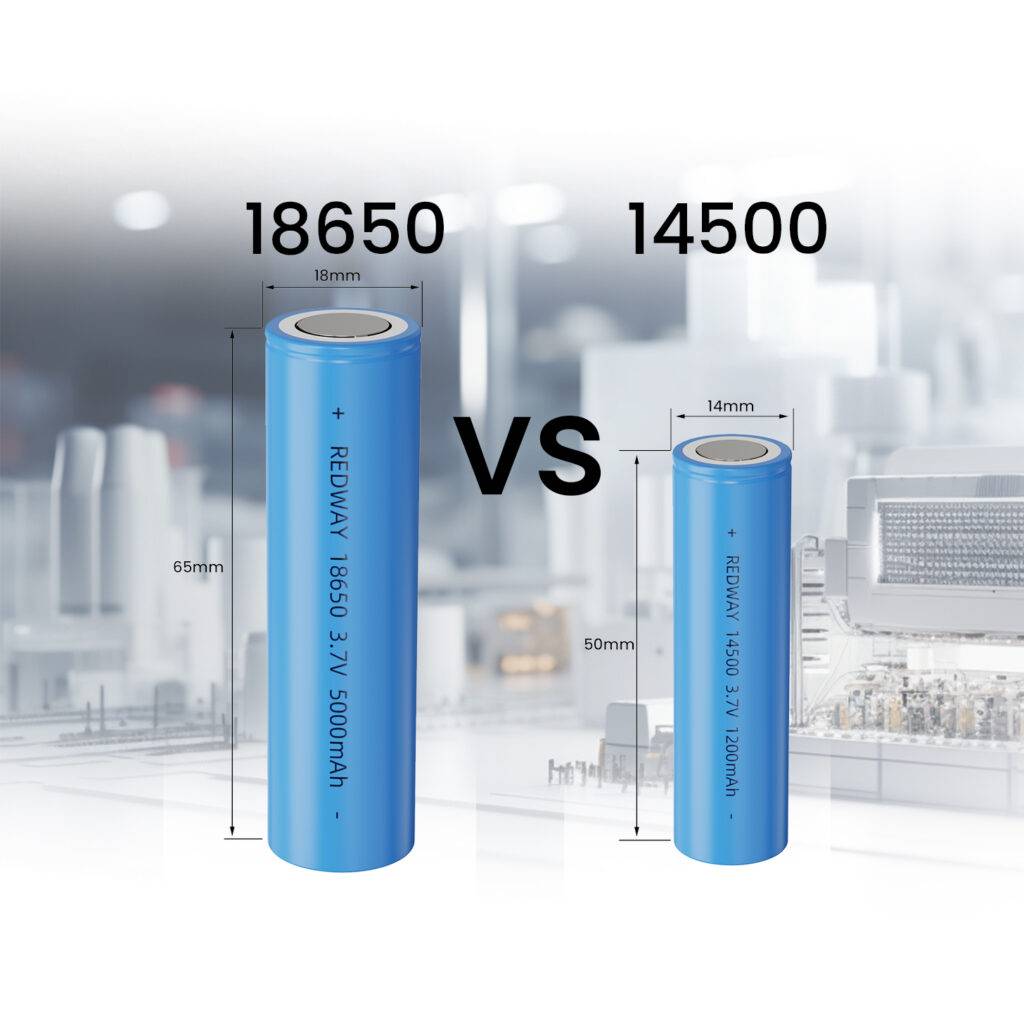The 18650 battery, named for its dimensions (18mm x 65mm), is a popular lithium-ion option with a voltage of 3.6v and a capacity ranging from 2600mAh to 3500mAh. Larger than an AA battery, it’s commonly used in various devices for its compact yet powerful design.
The origin of the name
The naming convention of the 18650 battery holds an intriguing history within the battery world. It’s not just a random assortment of numbers and letters; there’s a method behind it.
- Breaking Down the Name: The “18” indicates the battery’s diameter in millimeters, while “65” represents its length. The “0” signifies its cylindrical shape.
- Standardized Identification: Engineers adopted this naming method to standardize battery sizes and shapes, aiding both manufacturers and consumers in distinguishing between various battery types.
- Popularity and Versatility: The 18650 size quickly gained popularity due to its balance of capacity and portability. Today, it’s widely used in devices like laptops, flashlights, electric vehicles, and vaping mods.
Understanding the origin of the 18650 name sheds light on the evolution of technology and highlights the practical considerations that drive innovation in everyday products.
What makes the 18650 battery unique?
The 18650 battery stands out in the realm of power sources, offering unique features appreciated by tech enthusiasts and professionals alike. Let’s explore what makes it truly exceptional.
- Compact Design: Measuring 18mm in diameter and 65mm in length, the 18650 battery’s small size allows for easy integration into various devices without compromising power.
- High Energy Density: Despite its compactness, the 18650 battery can store a significant amount of energy, ensuring long-lasting power for devices requiring high performance.
- Reliability and Safety: Known for stable voltage output and low self-discharge rates, the 18650 battery boasts exceptional reliability. Built-in protection circuits further enhance safety, preventing overcharging and overheating.
- Versatility: From consumer electronics to renewable energy systems, the 18650 battery finds applications in various fields, thanks to its efficient energy storage capabilities.
In conclusion, the 18650 battery’s unique blend of size, energy density, reliability, safety features, and versatility makes it a standout choice for powering a wide range of devices and systems.
Common uses for 18650 batteries
In today’s world, 18650 batteries have become indispensable power sources across various industries and applications. From portable electronics to renewable energy solutions, these compact yet powerful batteries provide reliable energy for a wide range of devices and systems.
- Portable Electronics: Essential for laptops, tablets, and smartphones, providing reliable power for on-the-go use.
- Flashlights and Headlamps: Trusted by outdoor enthusiasts and emergency responders for long-lasting illumination.
- Electric Vehicles: Powering the future of transportation with high energy density for extended driving range.
- Power Tools: Offering robust performance for professional-grade tools like cordless drills and chainsaws.
- Solar Energy Storage: Storing excess solar power efficiently for renewable energy solutions.
- Vaping Devices: Providing consistent power output for vaping enthusiasts’ devices.
- Medical Devices: Ensuring stable and reliable power for a range of medical equipment, from hearing aids to insulin pumps.
- Alternative Energy Systems: Supporting off-grid storage solutions for uninterrupted clean electricity in diverse weather conditions.
With such versatility, the 18650 battery continues to play a significant role in powering modern technologies and innovations.
Advantages and disadvantages of using 18650 batteries
Let’s delve into the advantages and disadvantages of using 18650 batteries. These compact powerhouses are renowned for their energy density and longevity, but they also come with considerations that may impact their suitability for different applications.
Advantages:
1. High Energy Density: 18650 batteries pack a lot of power into a small space, making them perfect for portable devices like laptops and flashlights, offering extended usage without frequent recharges.
2. Long Lifespan: With proper care, they can endure hundreds of charge cycles, proving cost-effective over time compared to disposable alternatives.
3. Reliable Performance: These batteries deliver consistent current levels, making them suitable for applications requiring steady power supplies.
Disadvantages:
1. Size and Weight: While efficient, they are relatively larger and heavier compared to other battery options, which may be a concern for compact devices.
2. Safety Risks: There’s a potential for overheating or short-circuiting, necessitating careful handling, especially in extreme conditions or mishandling scenarios.
While 18650 batteries offer impressive benefits like high energy density and longevity, it’s crucial to consider factors such as size, weight, and safety before making a decision.
Future developments and advancements in the 18650 technology
Welcome to the exciting realm of 18650 battery technology! As innovation continues to drive progress, let’s explore the future developments and advancements on the horizon.
1. Enhanced Energy Density: Researchers are striving to increase battery capacity without sacrificing size or weight, promising longer-lasting devices and improved performance.
2. Safety Improvements: Focus is on developing materials and designs to mitigate risks of overheating or explosion during charging or discharging, ensuring safer usage.
3. Improved Efficiency: Engineers are optimizing battery structure to minimize energy loss during operation, leading to longer runtimes and reduced waste.
4. Cost-effective Manufacturing: Advancements in production methods aim to make 18650 batteries more accessible and affordable without compromising performance.
5. Sustainable Practices: Efforts are underway to improve recycling processes, reclaiming valuable resources and reducing environmental impact.
As these developments unfold, the future of 18650 battery technology holds great promise for even greater performance and sustainability.
Conclusion: The lasting legacy of the 18650 battery
In summary, the 18650 battery has become indispensable across industries, powering gadgets and electric vehicles alike. Despite its unassuming name, its compact size, high energy density, and rechargeable nature make it a preferred choice. Continuous advancements enhance its efficiency and safety. While newer batteries emerge, the 18650 remains cherished for its reliability. It’s a testament to the enduring legacy of this powerhouse in portable power solutions.











